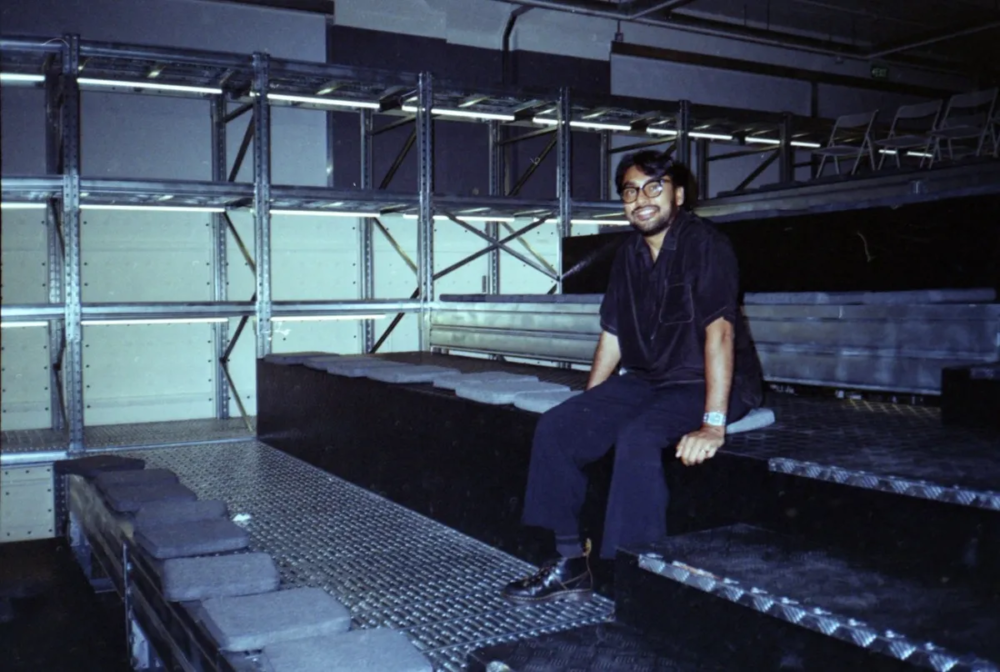
Sex toys for straight men: even hard boys want to play
Once grooming and skincare defined the so-called metrosexual—today, straight men embrace sex toys as tools for self-exploration and intimacy. From Sonia Rykiel’s duck-shaped vibrators to Harry Styles’ Pleasing Yourself
Straight men are using sex toys — and fast shifting norms
Straight men are buying sex toys in growing numbers—not as hidden curiosities, but as tools for intimacy, pleasure, and self-knowledge. In Italy, research by LELO with AstraRicerche shows that men aged 25-44, often in couples, are among the most active users. They report higher awareness and usage than women in certain metrics. These aren’t edge cases, but markers of change: the intimate lives of straight men are increasingly shaped by devices once coded only for women or for queer markets.
This shift unsettles decades of cultural coding. Toys are not substitutes for women or guilty pleasures hidden in drawers. For many straight men they are extensions of intimacy, ways to ease performance pressure in relationships, or to map the body outside pornographic scripts. Solo use is recast as wellbeing: a legitimate practice of stress relief, bodily literacy, sexual health.

Who are metrosexuals — appearance, consumption, and the male body as project
The term “metrosexual” was coined in 1994 by cultural critic Mark Simpson, combining metropolitan and heterosexual, to describe urban straight men who cared deeply about grooming, fashion, and lifestyle. Originally, it indicated men who freely spent time and money on personal style — facials, designer clothes, expensive haircuts — without concern that these practices compromised their heterosexual identity.
Over time, metrosexuality lost its novelty but not its cultural impact: it shifted expectations about what straight men are “allowed” to care about. Grooming products, skincare routines, cosmetic interventions like fillers and hair restoration became part of mainstream masculine self-presentation. The male body became a project, to be maintained, optimized, invested in. Seen in this light, the adoption of sex toys by straight men today is not an anomaly but a continuation: another form of bodily self-investment, intimate rather than aesthetic.
Design precedents — from Sonia Rykiel to discreet gadgets
The re-entry of straight men into the conversation on sex toys follows earlier attempts to unmark these objects from shame. In the 1990s, French designer Sonia Rykiel presented toys in Paris and Milan boutiques that were playful rather than pornographic: duck-shaped vibrators, lipstick-sized bullets, accessories closer to fashion objects than to fetish gear. Whips and paddles featured pin-ups like Bettie Page, blurring eroticism and pop iconography. The goal was clear — reduce the stigma of buying, allow women and couples to approach toys without embarrassment.
That same design logic resonates today: toys as lifestyle. For straight men, packaging and aesthetics matter. A vibrator that looks like a grooming device, a plug that resembles a minimalist sculpture, is easier to accept than an overtly phallic object. Rykiel’s move to make toys desirable rather than shameful anticipated the strategies now used across the sexual wellness industry, where inclusivity and design act as gateways to normalization.
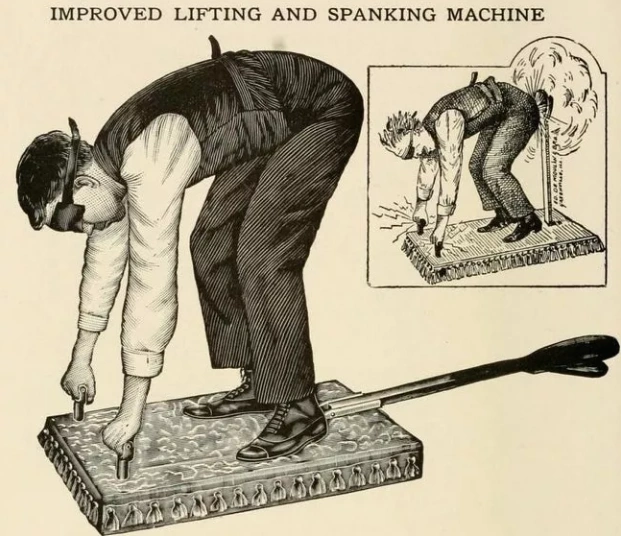
Contemporary male-focused design — Tenga, Arcwave, LELO
The Japanese brand Tenga pioneered discreet design for male masturbation aids, turning what was once a crude category into sleek objects sold in drugstores and department stores. Their geometric, capsule-like shapes conceal functionality, making them closer to tech gadgets than erotic props. For straight men, Tenga normalised solo use by presenting masturbation as an everyday wellness practice rather than a guilty secret.
Arcwave, developed by the same group behind Womanizer, pushes further with premium devices that use “Pleasure Air” technology, marketed specifically to men. Their messaging is less about replacing partners and more about enhancing sensation, exploring the body’s potential. This shift positions men not as consumers of dominance but as explorers of sensitivity.
LELO, one of the most established brands in luxury sexual wellness, also addresses men explicitly. Prostate massagers and vibrating rings are presented in the same aesthetic register as high-end beauty tools: matte silicone, black and metallic finishes, minimal shapes. In doing so, they fold male toys into a continuum of design and self-care — a space that feels closer to skincare than pornography.
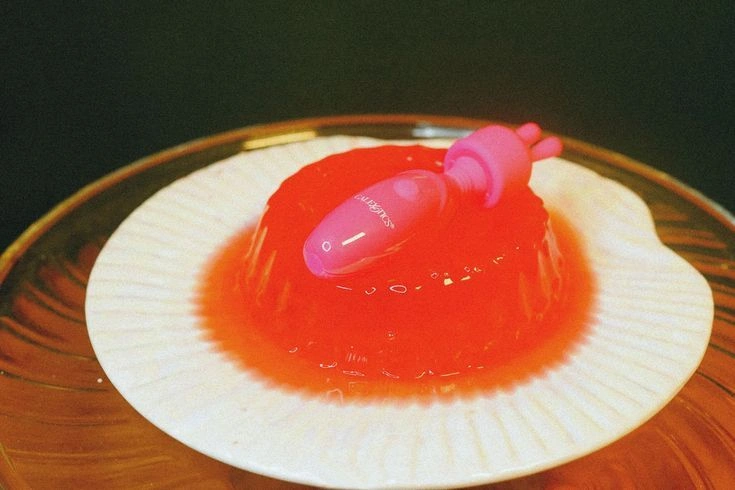
Harry Styles & Pleasing Yourself — visible moment, not whole story
Harry Styles’s Pleasing Yourself line, in collaboration with sex educator Zoë Ligon, serves as a visible moment in this shift. The collection is explicitly gender-neutral, with toys and lubricants designed for a wide range of bodies and sexual experiences. The aesthetic echoes skincare, beauty, tech: soft packaging, clean design, approachable presentation. The Pleasing Lube is promoted as FDA-approved, safe for anal, vaginal, and penile use.
Harry Styles is not the driver; he is signal. The work of many straight men experimenting in private, the availability of products, the changes in design, all contribute to a cultural momentum. The celebrity factor accelerates visibility, reduces stigma, but is nested within broader shifts.

Vulnerability, fragility, masculinity rethought
Using a sex toy shifts the masculine script. It requires admitting incomplete knowledge of one’s body, accepting feedback, possibly failing or discovering unexpected sensations. That admission of vulnerability contrasts sharply with traditional expectations of male strength. Where once strength meant knowing, dominating, performing, it now can mean listening, adjusting, caring. Fragility becomes resource: an entry point to richer intimacy and more expansive sexual identity.
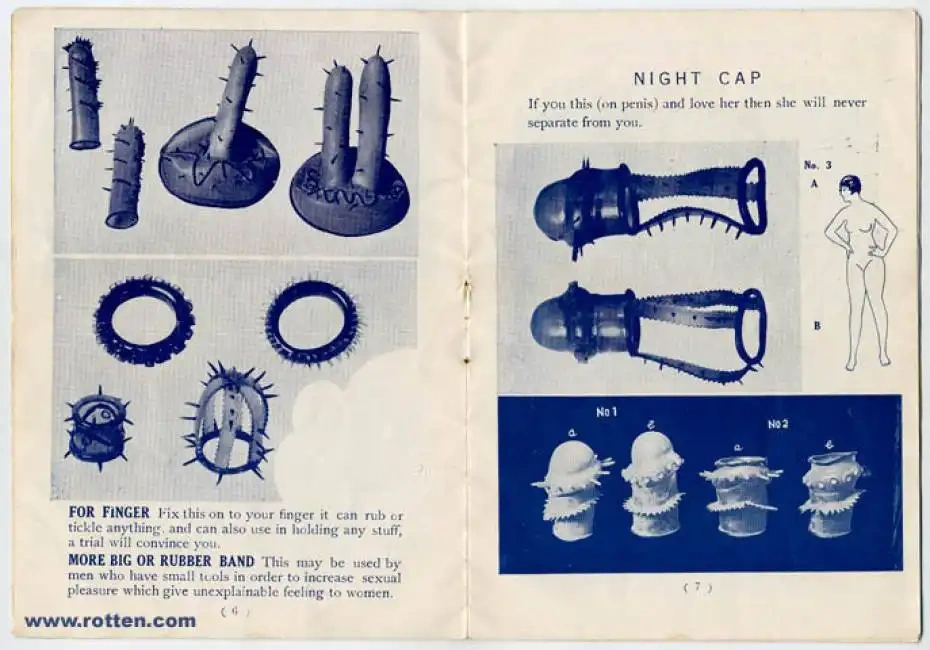
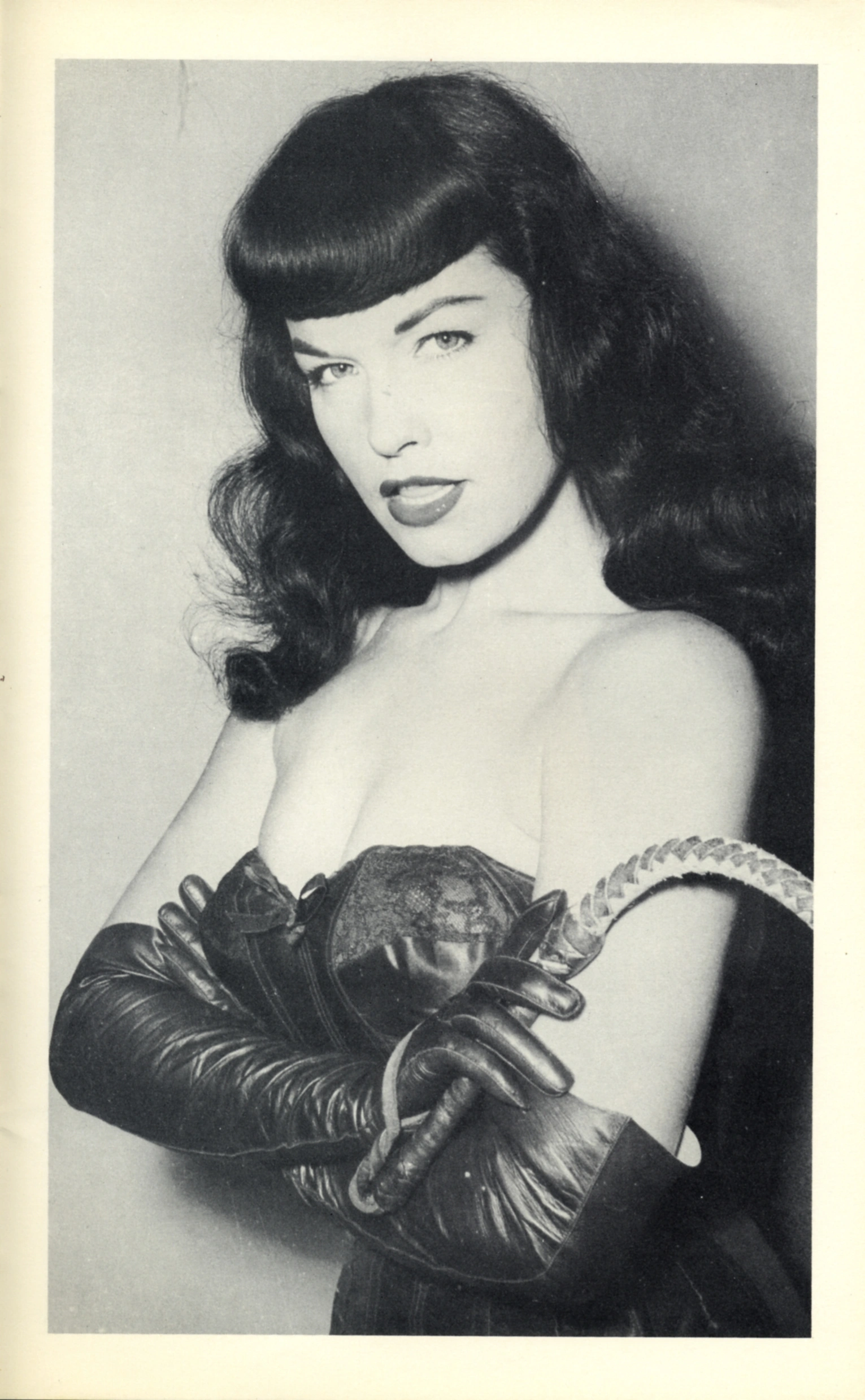

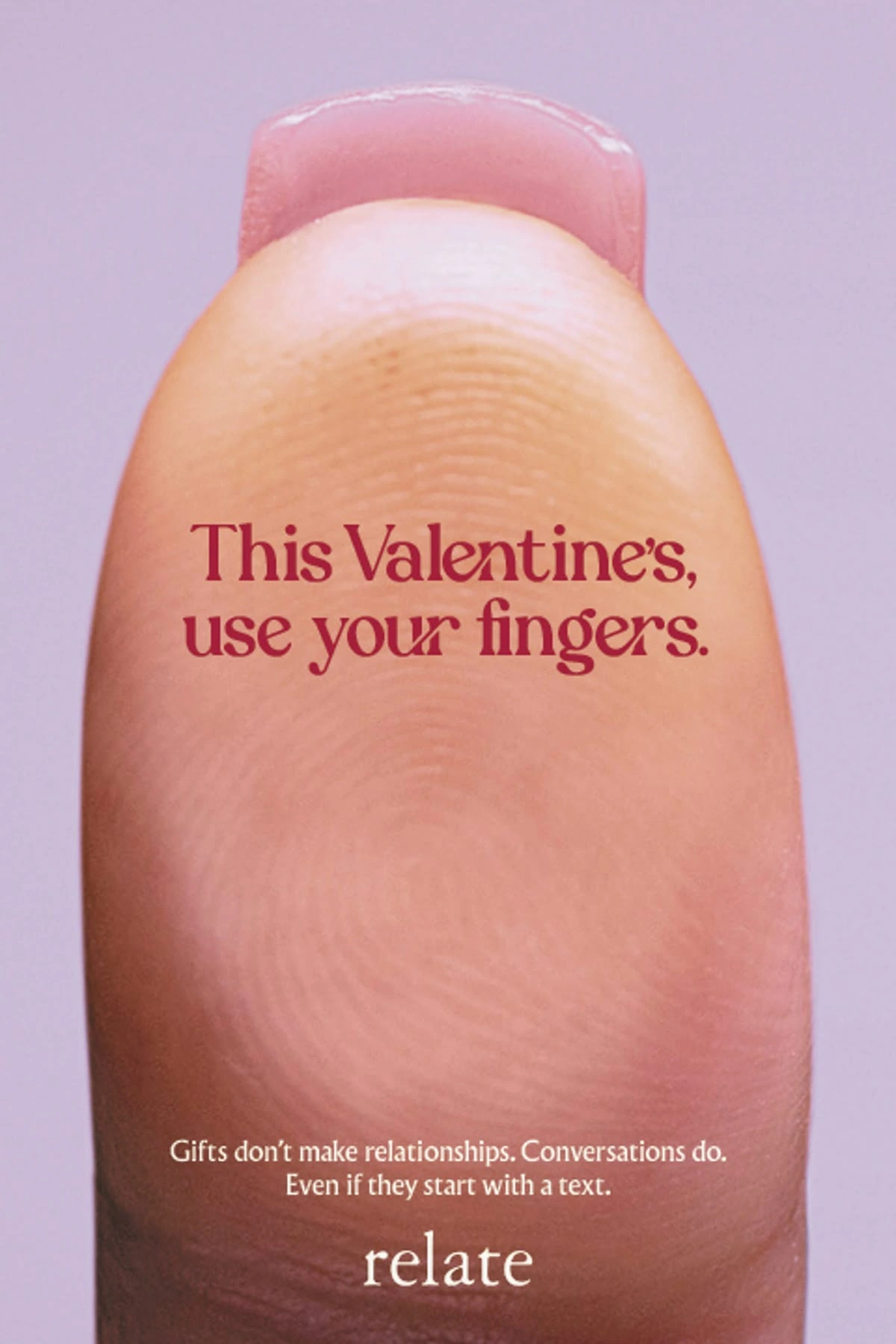
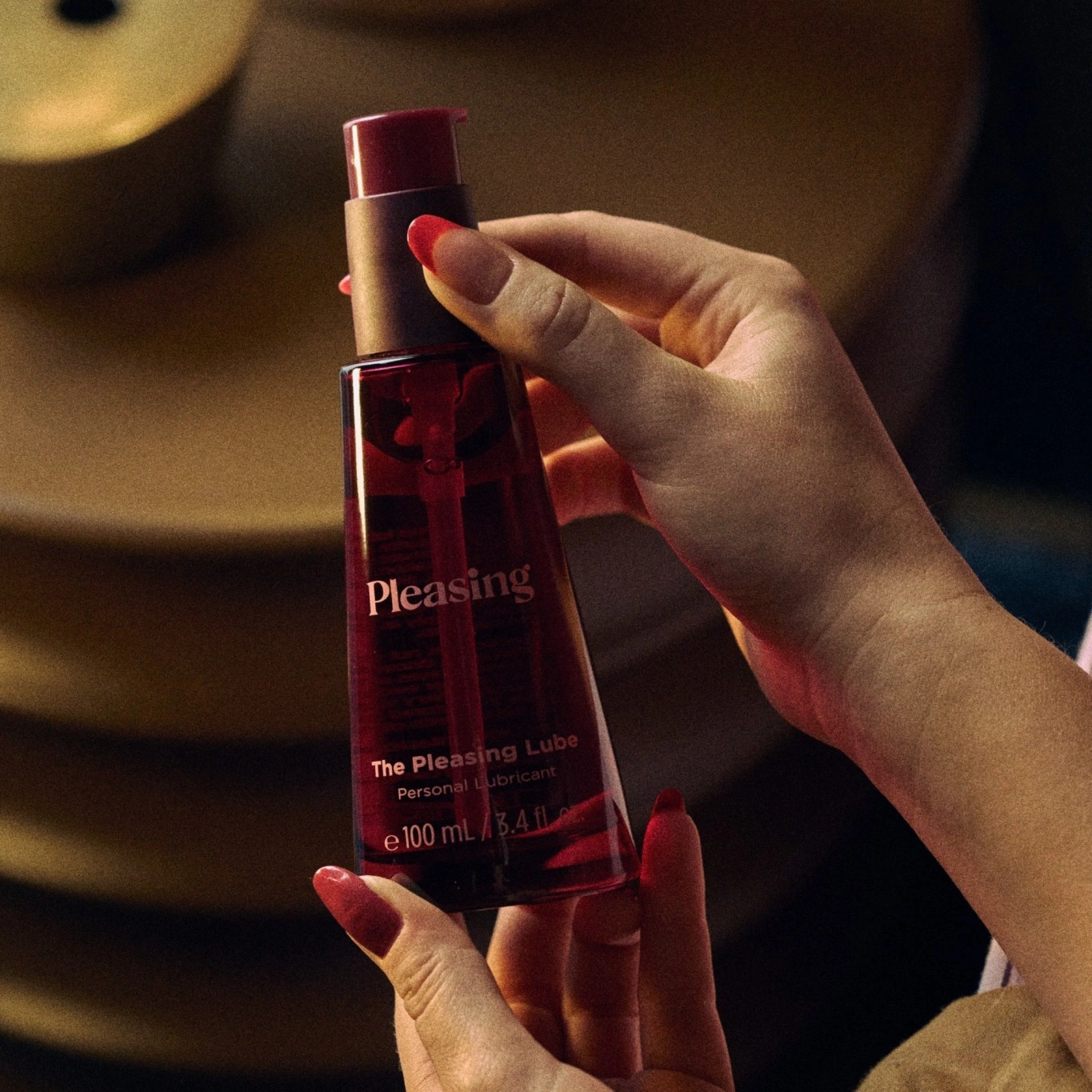
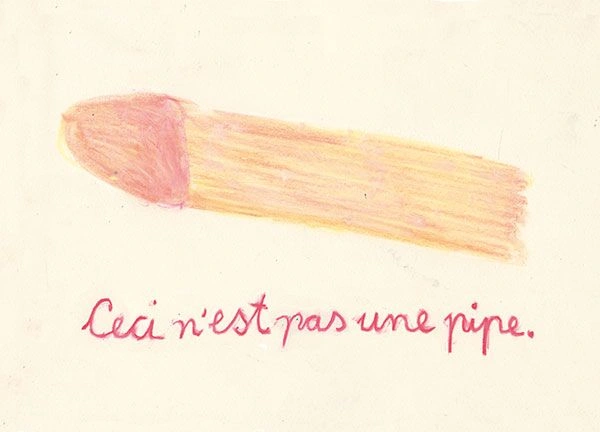
Preciado: Pleasure as biopolitical technology: the pharmacopornographic regime
Paul B. Preciado’s critique of the “pharmacopornographic regime” helps us understand this intersection of market, desire, and subjectivity. In Preciado’s analysis, technologies of pleasure — hormones, sexual devices, porn — are not peripheral but central in shaping how bodies and genders are lived. Sex toys marketed to straight men are thus both commercial products and biopolitical tools: they shape what straight male desire looks like, what men feel comfortable admitting, what bodies are considered legitimate.
The political import is that these toys can both reproduce norms already in play (look, branding, pricing) and open up space for new norms: those of self-care, vulnerability, relationality.
Design, aesthetics & stigma eased
Historically stigma around sex toys came from their appearance (phallic imagery, erotic explicitness), their marketing (hidden, seedy), and their association with “improper” sexualities. Design erases part of that stigma: when toys mimic high-design gadgets, use discreet colors, clean lines, soft forms, when packaging looks more like beauty or tech, when vendors present toys alongside skincare or wellness, the shock value goes down. Straight men who see products that look familiar or non-threatening are more likely to take them seriously and incorporate them into their lives.
Materials & sustainability — what straight buyers should demand
Material safety is not optional. Toys made of medical-grade silicone, stainless steel or borosilicate glass are non-porous, long-lasting and easier to sanitize. Cheaper alternatives — porous elastomers like TPE — pose hygiene risks and degrade more quickly. The lubricant type matters: silicone-based lubricants can degrade silicone toys. Cleaning method, storage and durability matter.
Sustainability remains problematic: most vibrators have motors, sealed batteries, mixed materials that resist recycling. Some brands are introducing take-back programs, recyclable packaging, reusable batteries. Straight men who care about environment should favor long-lasting, repairable, minimal-packaging devices.
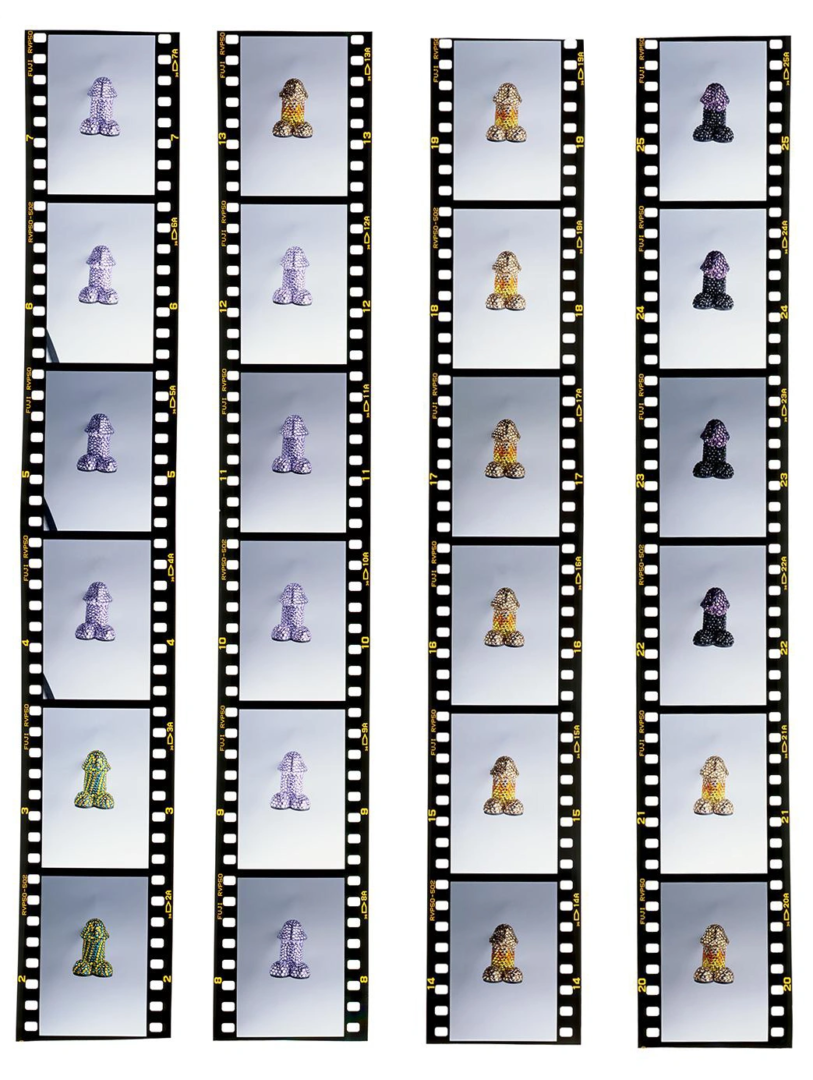
Sex toys for straight: rewriting male desire
Sex toys for straight men are rewriting what male desire is allowed to be. The shift from metrosexuality’s grooming to pleasure tech’s intimate exploration shows how masculinity is being remapped. Men who once measured worth through dominance and suppression are now measuring pleasure through curiosity, care, vulnerability. The trend is still young, uneven, contested — and visible in the gap between what is sold and what is spoken. But it is happening.
Ario Mezzolani




